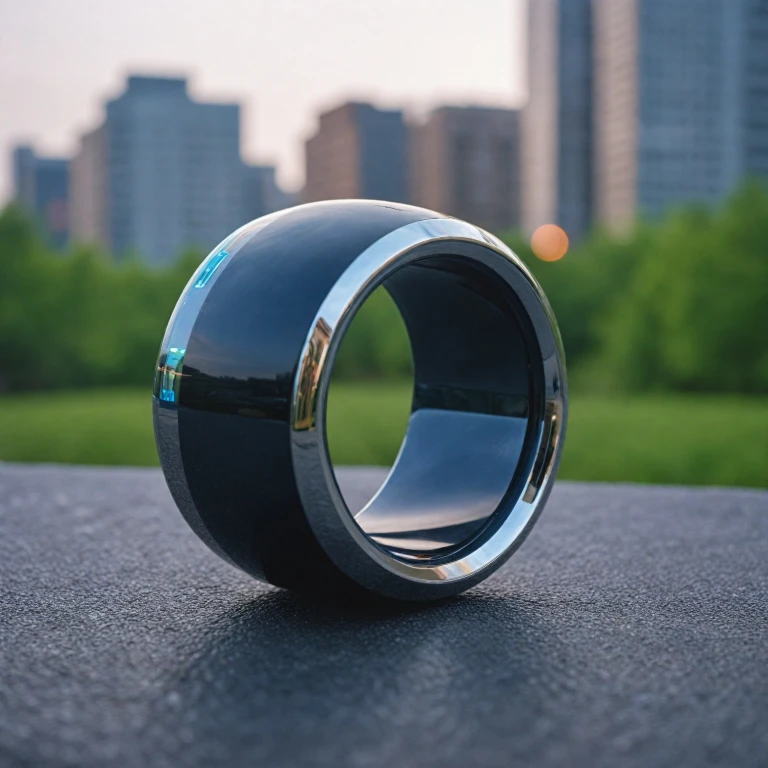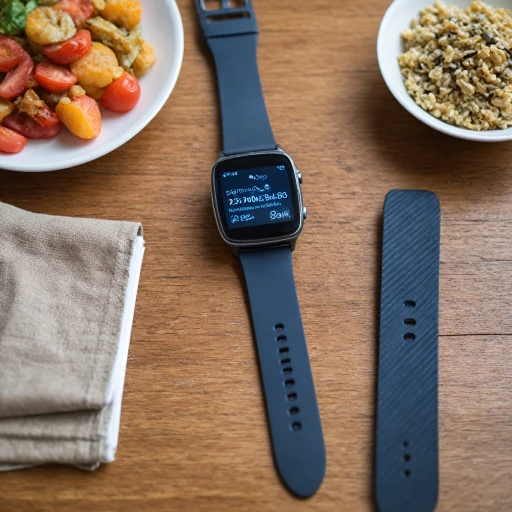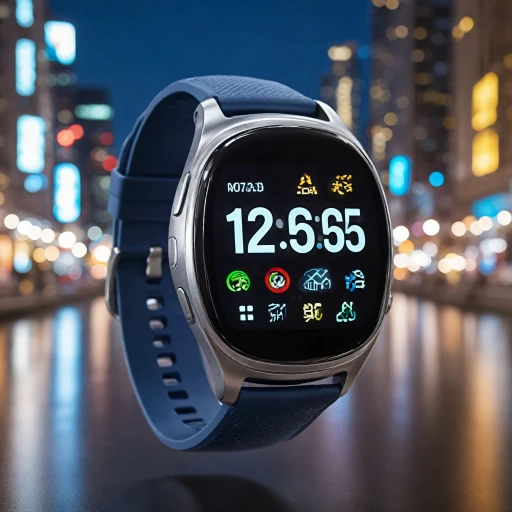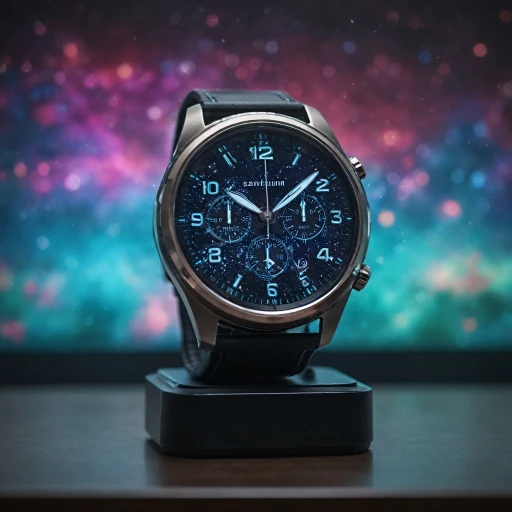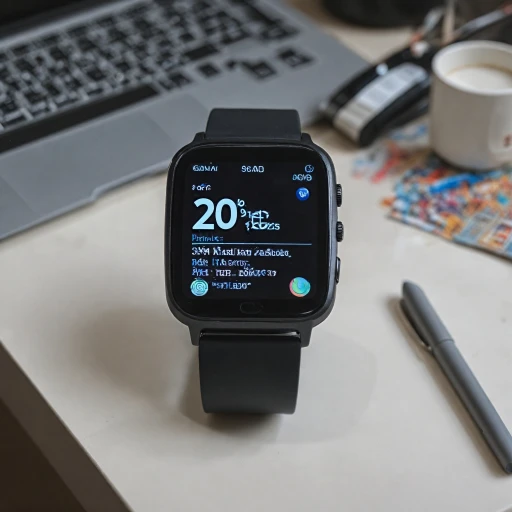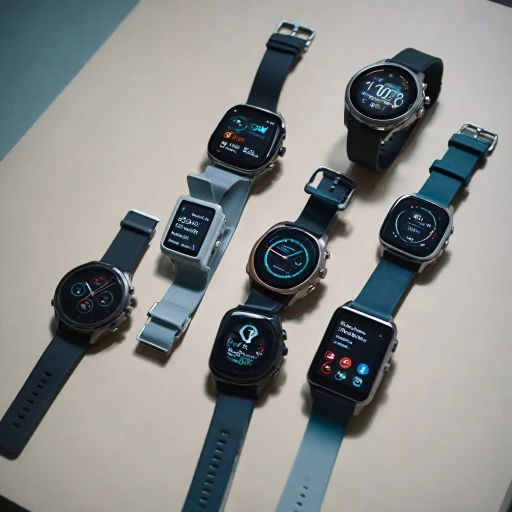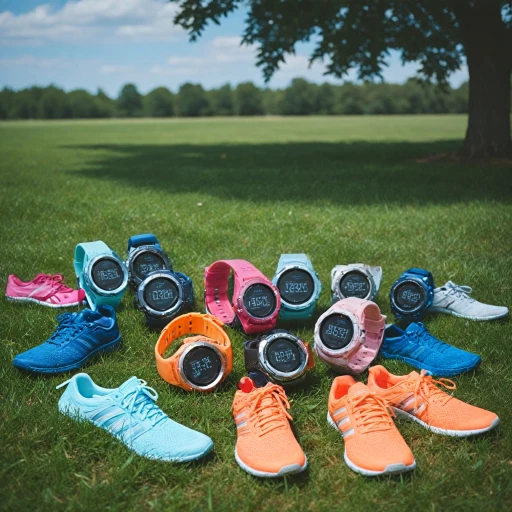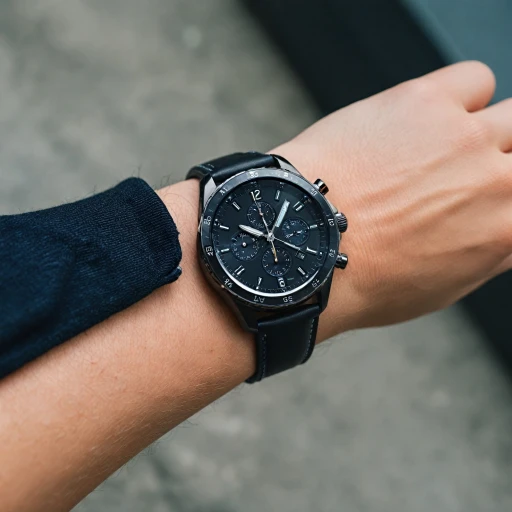
Understanding the Apple Smart Ring Concept
Exploring the Concept of Apple's Smart Ring
The evolution of wearable technology has seen numerous entries into the market, with smartwatches often leading the way. However, the introduction of the Apple Smart Ring, sometimes referred to as the Apple Ring, presents a novel approach that aims to redefine how we interact with our devices.
Unlike traditional smartwatches, which have become ubiquitous in their functionalities, the Apple Smart Ring focuses on subtlety and convenience. It's designed as a compact alternative, fitting snugly around your finger and offering a unique intersection between technology and minimalism. This has piqued the interest of those keen on integrating technology seamlessly into their daily lives without the bulk of a watch.
Potential features under exploration may include various health and fitness tracking capabilities, similar to those found in an Oura Ring or the top-rated Galaxy Ring. Health monitoring, such as tracking heart rate and sleep patterns, could be significant elements, leveraging the existing Apple Health app ecosystem that many are already accustomed to via their iPhones and Apple Watches.
The appeal lies in its potential functionalities like battery life optimization, which hopes to surpass traditional constraints seen in smartwatches. The Apple Smart Ring could provide basic notifications, health tracking, and perhaps other data-driven insights that are crucial for fitness enthusiasts and health-conscious users. Unlike its larger counterparts, like the Samsung Galaxy Watch or even the Apple Watch, the primary advantage would be its discreet design and ease of wear in various settings, from workouts to formal events.
In the end, the Smart Ring aims to address both style and function, attracting users who prefer less obtrusive technology while still offering the essential features of smartwatches. This focus on subtlety without sacrificing capability might be key to its success in the rapidly growing market of wearable tech.
Comparing Smart Rings and Smartwatches
Weighing Smart Rings Against Smartwatches
With the buzz surrounding Apple's anticipated smart ring, many are tempted to compare it to existing smartwatches, like the Apple Watch and offerings from brands like Samsung. Understanding where smart rings might fit into the market helps clarify their potential. Smartwatches have long been heralded for their robust features, including extensive health tracking capabilities, comprehensive app ecosystems, and seamless integration with smartphones such as the Apple iPhone. They effectively serve as an extension of one's phone, delivering notifications, fitness tracking, and even communication tools right from the wrist. On the other hand, smart rings enter the scene promising a more discreet approach to health and lifestyle tracking. The slim design of offerings like the Oura Ring delivers essential features, focusing on specific health metrics such as sleep, heart rate, and activity level without the bulk of a watch. Here’s a quick breakdown:- Form Factor: Smart rings are notably more compact than watches, appealing to those who prefer minimalistic wearables.
- Battery Life: Many rings boast better battery life due to their focused functionality, sometimes lasting longer than the average smartwatch.
- Health Tracking: While smartwatches offer a comprehensive suite, rings like the Oura Ring specialize in targeted health features, making them ideal as a discreet health tracker.
- Integration: Smartwatches easily integrate with a variety of devices and apps, while rings are primarily designed for specific tasks.
Potential Benefits of the Apple Smart Ring
Adopting Smart Ring Technology for Health and Lifestyle
The advent of smart rings, like the anticipated Apple Ring and the well-established Oura Ring, is set to redefine personal health tracking. Unlike traditional devices such as smartwatches, smart rings provide discreet yet effective monitoring. They condense vital functions into a compact, wearable accessory. Smart rings carry several potential benefits that stand to impact their future adoption:- Health Tracking: Smart rings excel as health trackers. They offer features like sleep monitoring, heart rate tracking, and activity assessment, making them comparable to top wearable devices like the Apple Watch. This information is crucial for users seeking to optimize their wellness.
- Battery Life: An appealing feature of smart rings is their battery efficiency. They typically outperform smartwatches in terms of battery life, reducing frequent charging interruptions and ensuring continuous data collection.
- Seamless Integration: The potential integration with other devices in the Apple ecosystem, such as the iPhone, bolsters the ring’s appeal. This connectivity enables users to seamlessly sync health insights between their ring and phone apps.
- Design and Comfort: Compared to bulkier wrist devices, smart rings offer a sleeker, minimalist design, particularly appealing to those prioritizing comfort and versatility.
Challenges in Smart Ring Development
Overcoming Barriers in Smart Ring Development
While the concept of the Apple Smart Ring is promising, the journey to its successful development is fraught with several challenges. These obstacles are critical to overcome for the Apple ring to become as popular and effective as devices like the Apple Watch.- Technology Integration: A primary concern is managing to pack advanced technology into the compact design of smart rings. Unlike smartwatches, rings offer limited space for components like sensors and processors. Ensuring that these technologies work seamlessly together while maintaining an aesthetic appeal is a considerable challenge.
- Battery Life: Limited internal space also affects battery life. Compared to smartwatches, which can house larger batteries, smart rings like the Oura ring need to be extremely efficient. Prolonging battery life while supporting functions like heart rate monitoring and sleep tracking remains a technical hurdle.
- Data Accuracy: The accuracy of health and fitness tracking data is paramount. Collecting precise metrics such as heart rate and sleep patterns from a ring is more challenging than from larger devices like the Samsung Galaxy Watches or top-rated fitness trackers. Robust algorithms to interpret sensor data accurately need to be developed.
- Durability and Comfort: Considering that smart rings are worn more continuously than other forms of wearable tech, their design must ensure all-day comfort and durability. This includes being water-resistant and resilient against daily wear and tear.
- Seamless App Integration: For users who enjoy using apps on their Apple iPhones, smart rings must provide seamless connectivity and data synchronisation with existing health tracking platforms like Apple Health.
